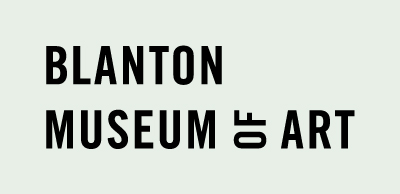Adoration of the Magi
Primary
Polidoro Caldara, called Polidoro da Caravaggio
(Caravaggio Bergamo, Italy, circa 1499/1500–Messina, Italy, circa 1543)
NationalityItalian, Europe
Datecirca 1527
MediumPen and brown ink with brush and brown wash and white heightening on ochre...
DimensionsSheet: 8 1/16 × 11 1/8 in. (20.5 × 28.3 cm)
Credit LineBlanton Museum of Art, The University of Texas at Austin, The Suida-Manning Collection, 2017.1322
Keywords
Rights Statement
Collection AreaPrints and Drawings
Object number2017.1322
On View
Not on viewPolidoro da Caravaggio was the most inventive and idiosyncratic of Raphael’s followers. From his earliest participation in the master workshop, his irregular and dramatic language was distinct. Later he created a new type of decoration for palace façades, with chiaroscuro frescoes suggesting low-relief sculpture in the style of ancient classical models, brought to life through eccentric form. His pioneering landscapes were similarly inspired by ancient Roman painting, interpreted with such vitality that they anticipate classical landscapes of the next century. After the sacking of Rome, he went to Naples, then Messina. Aggressively deformed, deliberately rude, and profoundly moving, the late works are fully expressionistic.
This is a magnificent example of the artist’s most pictorial and dramatic style of drawing from the height of his activity. The composition still involves an underlying geometry and develops from a single plane like an antique low relief, but it is already swept by larger movements and charged with intense feeling. Similarly, the figures are still monumental and declamatory, but are beginning to slip from balance and to warp with individualized response. In terms of technique, form is defined through broad washes, limited pen-and-ink, and summary modeling, as opposed to the previous delicate description, in white heightening. With the reminiscences of Rome fresh and rather poignant, the drawing probably dates from the beginning of the Neapolitan sojourn.
Exhibitions















